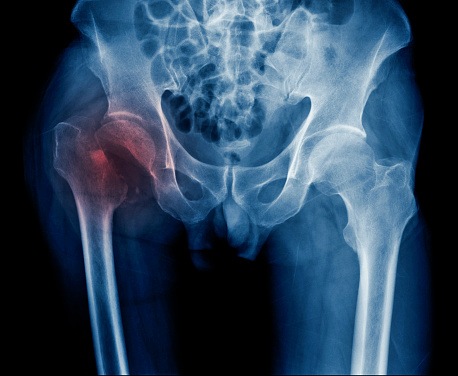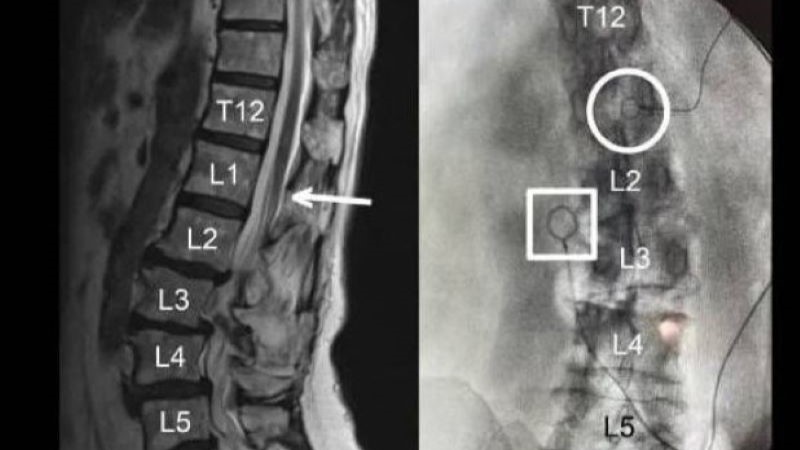
As the population continues to age, more patients are suffering from osteoarthritis (OA) of the hip and knee. End-stage hip OA patients most often undergo total hip arthroplasty (THA). However, outcomes for different THA approaches may differ. Researchers recently reviewed clinical, functional, and radiographic outcomes between THA patients treated with the direct anterior approach versus the posterior approach.
“On the one hand, the direct anterior approach (DAA) is considered a true minimally invasive approach because it leads to a small amount of muscle damage, as the operation is performed through a small incision and a muscle interval in the hip joint,” the study authors described. “On the other hand, the conventional posterior approach (PA) is the most frequently used surgical approach for THA.”
To compare the two techniques, they performed a meta-analysis of recent randomized, controlled trials (RCTs). They queried the PubMed and EMBASE databases and Cochrane Library from their inception to November 1, 2019, using the keywords “arthroplasty,” “replacement,” “hip,” and “approach” to identify previously published articles and meta-analyses of RCTs.
Final analysis included seven RCTs encompassing 600 total patients, of whom 301 underwent the direct anterior approach and 299 the posterior approach. Direct anterior approach patients had a longer surgery duration by a mean 13.74 minutes (95% confidence interval, 6.88 to 20.61; P<0.0001). Postoperative early functional outcomes were significantly better in the direct anterior approach group compared to the posterior approach group, including the visual analog scale (VAS) scores postoperative days one and two and Harris Hip Score (HHS) at six weeks postoperatively. Late functional outcomes—including the VAS score 12 months postoperatively or HHS scores at three, six, and 12 months postoperatively—and radiographic outcomes did not largely differ between the groups. Length of the incision, length of hospital stay, blood loss, transfusion rates and complication rates also did not significantly differ.
The study was published in BMC Musculoskeletal Disorders.
The researchers concluded by calling for further investigation into the superiority of the direct anterior approach.







 © 2025 Mashup Media, LLC, a Formedics Property. All Rights Reserved.
© 2025 Mashup Media, LLC, a Formedics Property. All Rights Reserved.